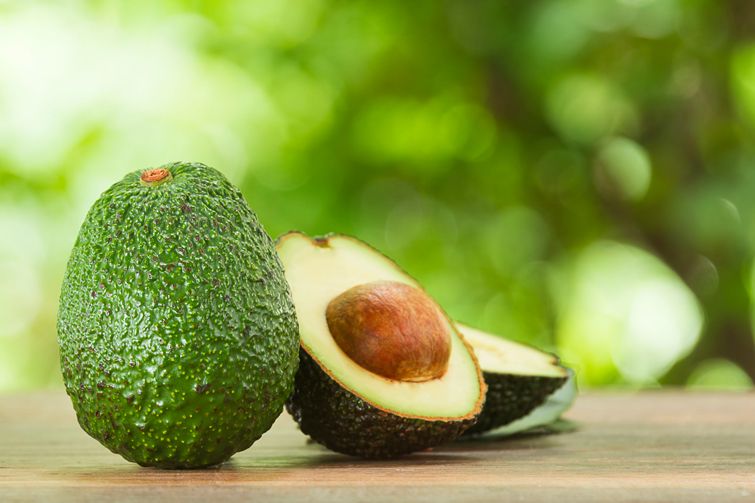Mexico‘s avocado exports to the United States will break records in 2022, posting year-on-year growth of 3.3% to US$2.871 billion, according to data from the Department of Commerce (USDOC).
Fresh Mexican Hass avocados from Michoacán enter the United States duty free.
But producers pay the Association of Avocado Producers and Packers Exporters of Mexico (APEAM) five cents per pound of avocado exported to cover USDA inspection fees.
Conversely, Mexican imports of fresh avocados from the United States are not subject to any tariffs. They are subject to phytosanitary and sanitary inspections by the Secretaría de Agricultura y Desarrollo Rural (Sader).
Avocado Exports
USDA’s Animal and Plant Health Inspection Service (APHIS) administers Cooperative Service Agreements with the Government of Mexico and APEAM to provide pre-clearance and monitoring of avocado exports to the United States.
Under the avocado pre-clearance program, APHIS ensures that all import requirements are met and that avocado exports are pest-free through the cooperative efforts of USDA and the Government of Mexico.
In cooperation with the Government of Mexico, APHIS conducts annual surveys of orchards for target pests and certifies for export only those orchards found to be free of target quarantine pests.
APHIS also participates in fruit cutting and inspection of avocado fruit in the packinghouse prior to exporting the fruit.
Michoacán
Previously, Mexico’s avocado exports to the United States registered the following customs values: 2019 (US$2.453 billion), 2020 (US$2.217 billion) and 2021 (US$2.778 billion).
Avocado production in Mexico is concentrated in Michoacán, which is the state with the largest production. Michoacán’s avocado belt includes 22 municipalities ranging from Zitácuaro in the east to Cotija in the west, 5 types of climates and 11 soil types with slopes of 5% – 50%.
In particular, the Hass variety is important for its high commercialization and popularity in the international market for the following reasons:
- Excellent flesh quality, small stone and high oil content.
- Resistance to post-harvest handling and transportation.
- Long flowering period, it does not ripen until harvest, which allows growers to plan their harvest according to market conditions.
- It is the best adopted variety in terms of early development and resistance to pests and diseases.

